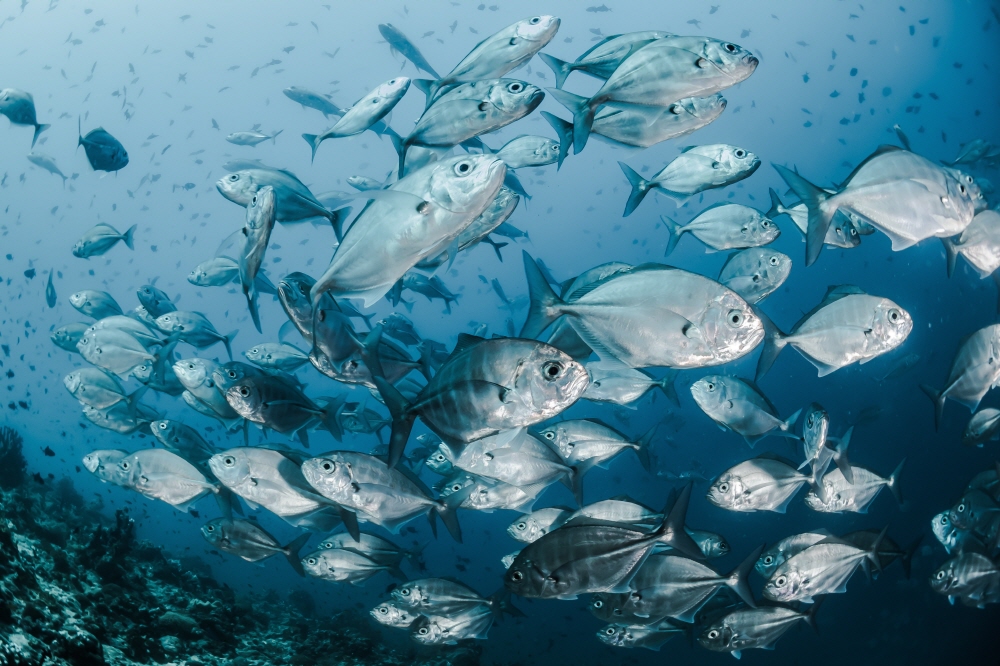
When humans ingest illegal drugs such as stimulants, they are changed in the body, but the unmetabolized ones are excreted in the urine. However, sewage has no way to filter the rest of the drug in the urine. These chemicals are being released into contaminated water.
The paper, published in the Journal of Experimental Biology, deals with how these pollutants affect fish. The researchers looked at how the stimulus affected the fish. The study was conducted on brown trout, a freshwater fish of the genus rainbow trout, native to Europe. First, 40 fish were placed in each tank in two teams. One tank created a situation equivalent to natural river pollution levels and the other one microgram per liter stimulant situation.
All fish were transferred to the same tank after 8 weeks in the tank. He then showed symptoms of fish poisoning from the water contaminated with the stimulus. It is said that in the first four days in the joint tank, the polluted fish lost their vigor compared to normal fish. It’s perceived as a sign of anxiety and stress, the same classic withdrawal symptoms as those caused by stimulant addicts.
After observation, water contaminated with stimulation was injected into the joint tank, and 50.5% of the fish in the polluted tank swam toward the stimulant flow, whereas 41.5% of the fish in normal water swam here.
As a result, the research team found that the fish were drug-poisoned in the chemically contaminated water. When the fish brain cells were later examined, they said they had not been in contact with the stimulant for more than 10 days, but traces of the drug remained in the fish brain contaminated with the stimulus. In this study, perhaps the same is happening in nature, and the fact that the remainder of the stimulant flows into a lake or river is ecologically stimulatory to the fish, affecting their foraging and mating behavior, and has a significant impact on the food chain. It is stated that there is
In fact, this isn’t the first time that the remainder of a drug used by humans has been shown to flow and affect marine life. In 2018, an Italian research team found that cocaine spilled into rivers damaged the eel’s eggs, as well as the eel’s bones and muscles. In the same year, there was also a report in the Northwest of the United States that mussels were testing positive for opioid analgesic poisoning. In 2019, the UK confirmed that shrimp reacted to cocaine. In addition to these drugs, drugs commonly used in medicine, such as antidepressants, have an effect on marine life, and experiments have been known to show that crayfish act boldly in water with antidepressants. This study showed that the slightly altered effects of human behavior also carry over to the environment. Human drug addiction is putting an unexpected load on the natural environment. Related information can be found here.


















Add comment